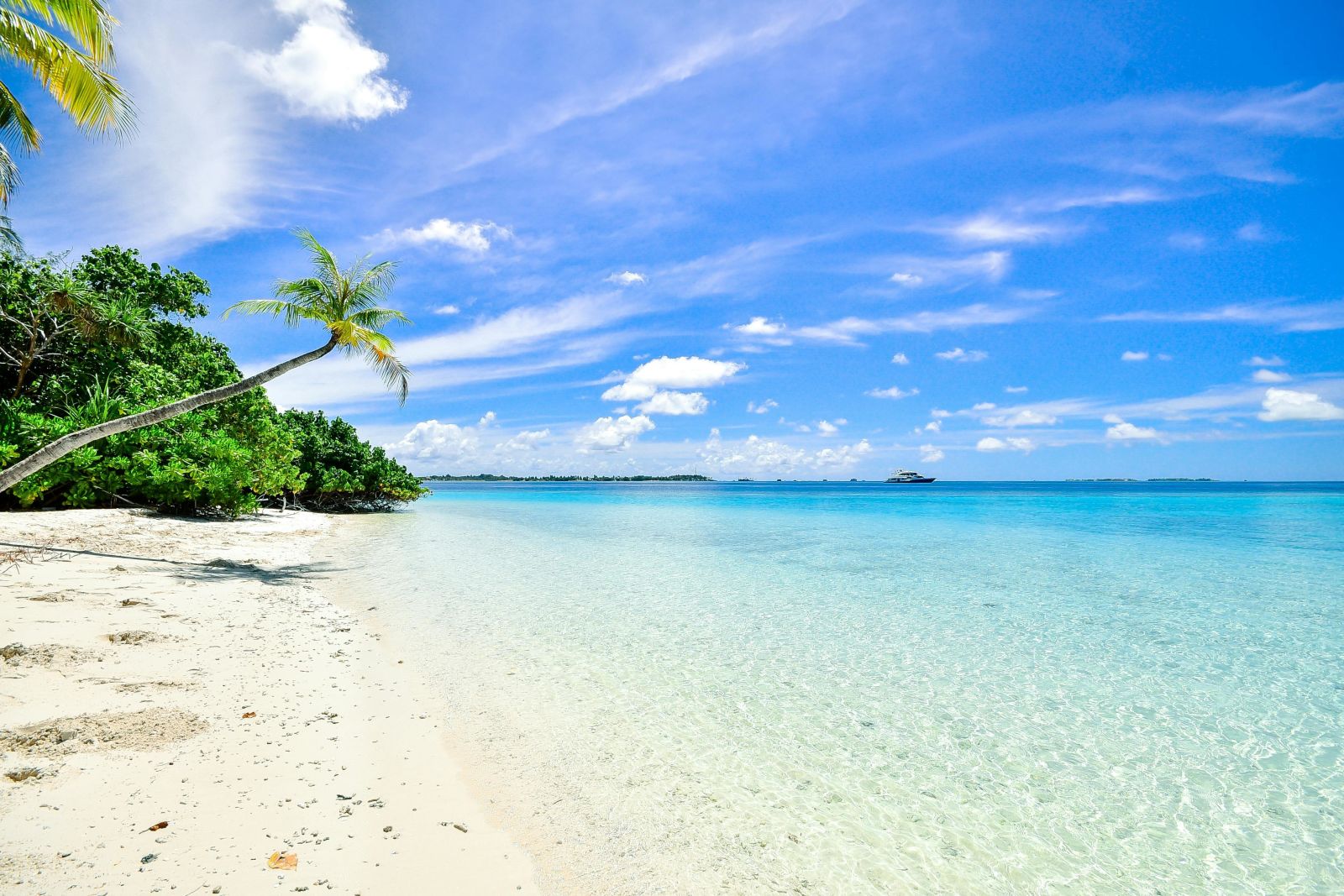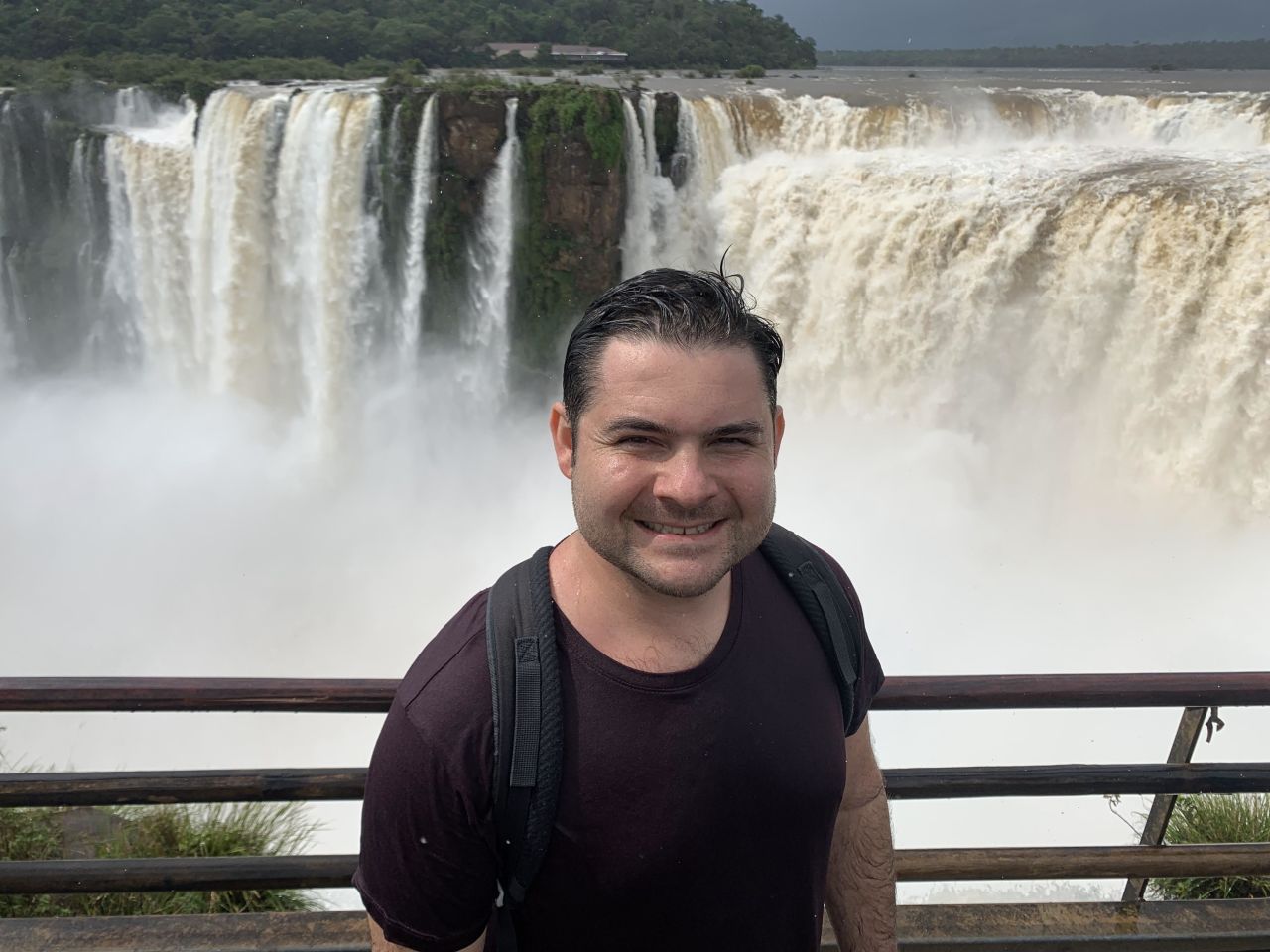I started and ended my time in Brazil in Sao Paulo because it happened to have the best deals — in between I made stops in Rio, Salvador, and Iguazu. Truth be told, I hadn't even planned to include Iguazu (or Salvador) in my trip, but due to major flooding near Rio, I decided to change my plans just a few days before travel.
For domestic flights in Brazil, I booked Rio to Salvador on Azul for 9,600 United miles + $7.70 in taxes and fees, Salvador to Iguazu on Azul via Sao Paulo for 15,000 miles + $7.60 in taxes and fees, and then Iguazu to Sao Paulo on Azul for 9,600 + $8.30 in taxes and fees. Keep in mind that all of these rates were booked within a week of travel. For example, Salvador to Iguazu was going for over $500 a ticket on the same day I used miles to fly — that would break down to awesome value for United miles, at over 3 cents per mile.
That said, if you can plan ahead, that's definitely going to get you the best deals in combination with choosing your season of travel wisely.

